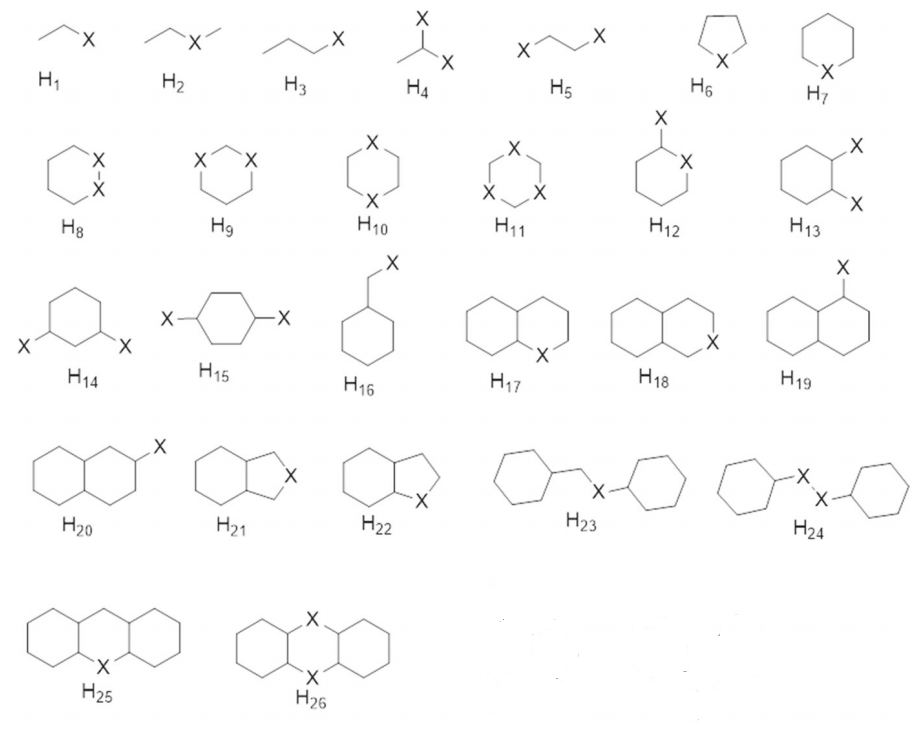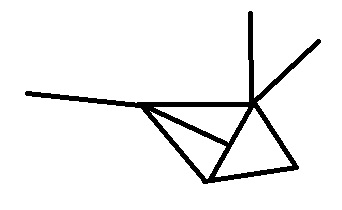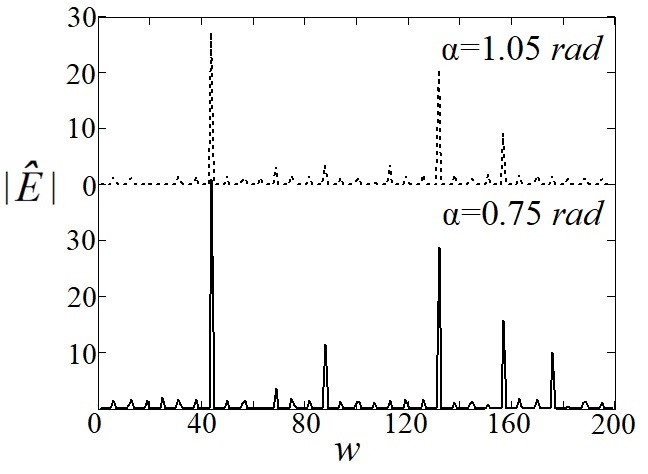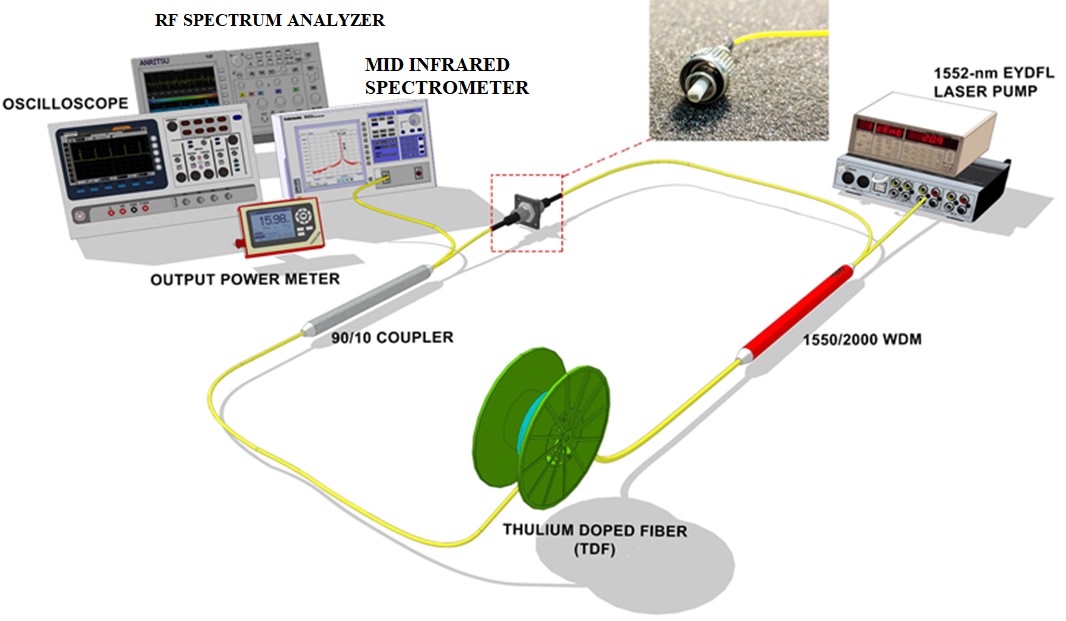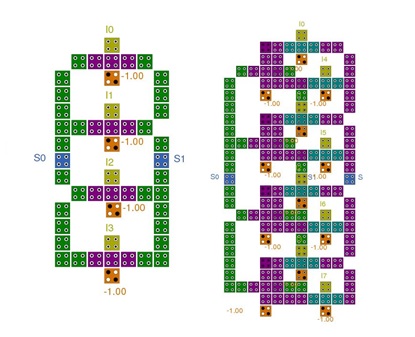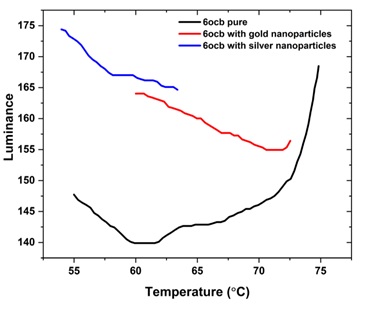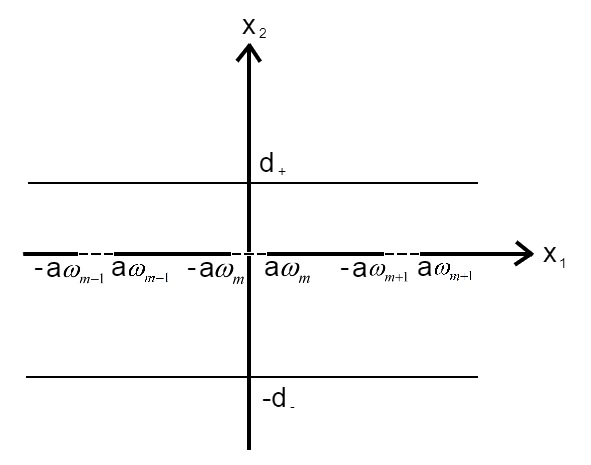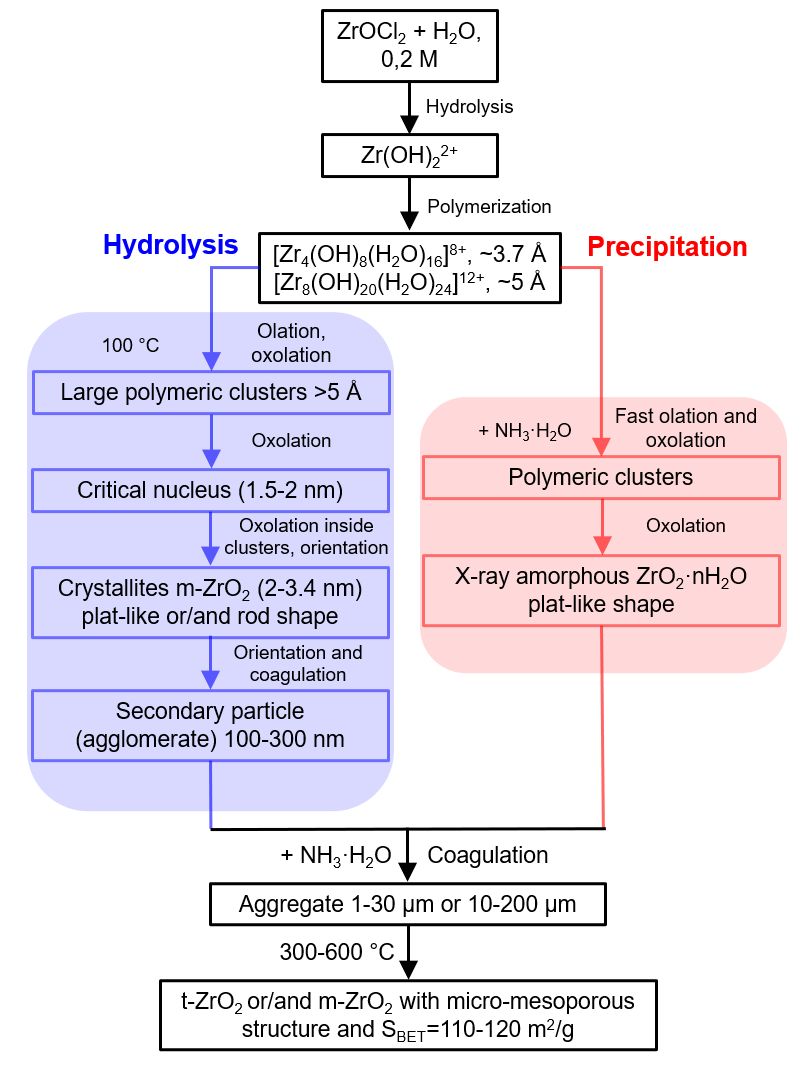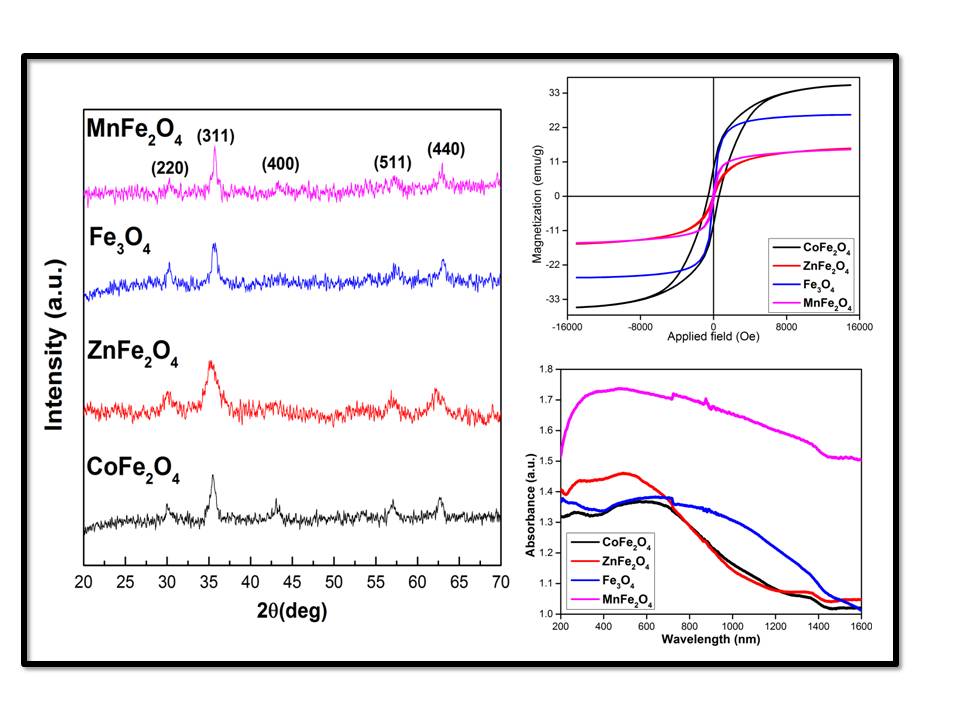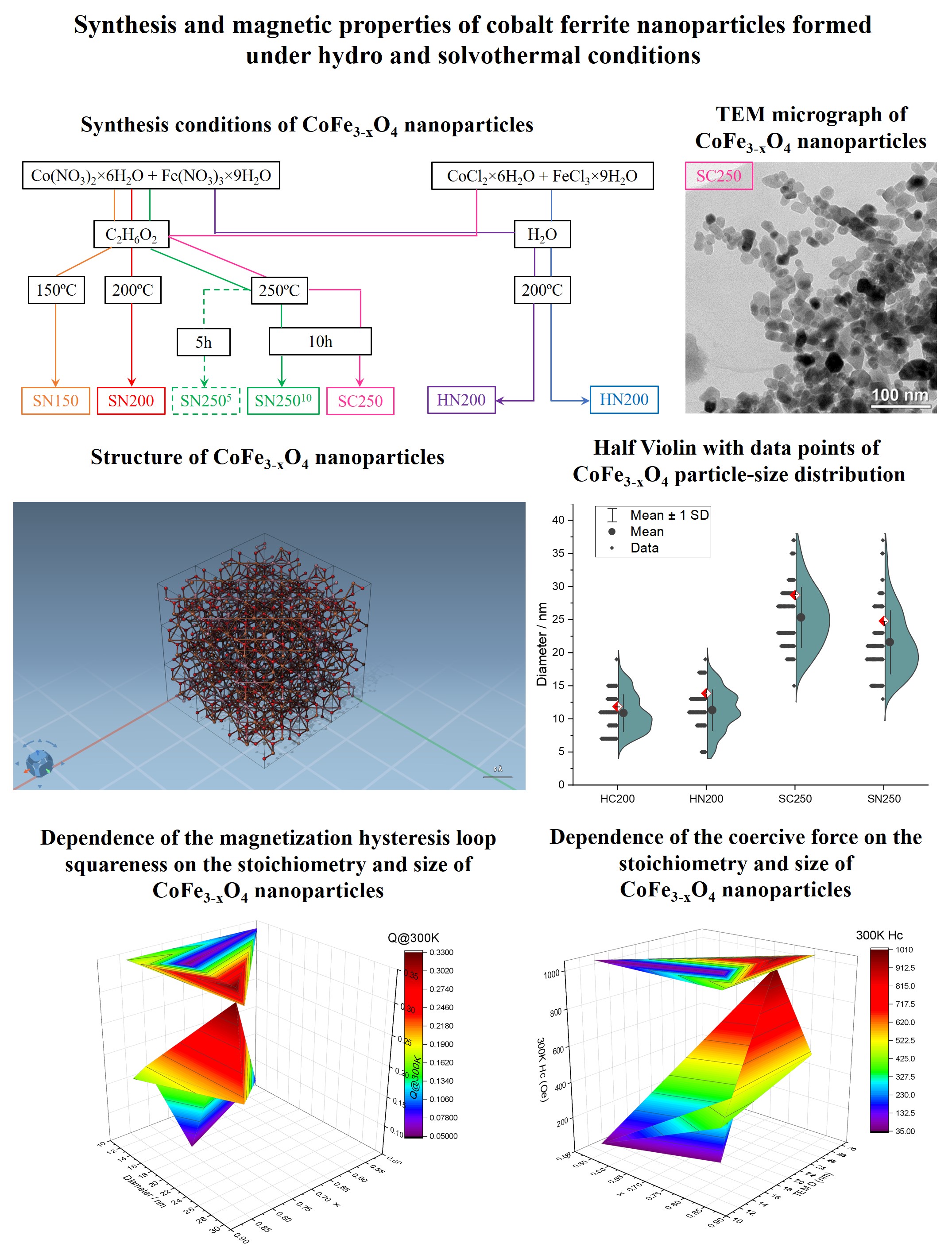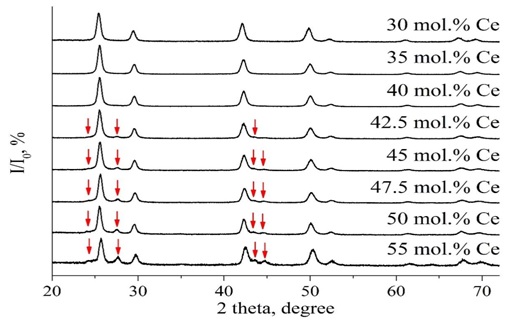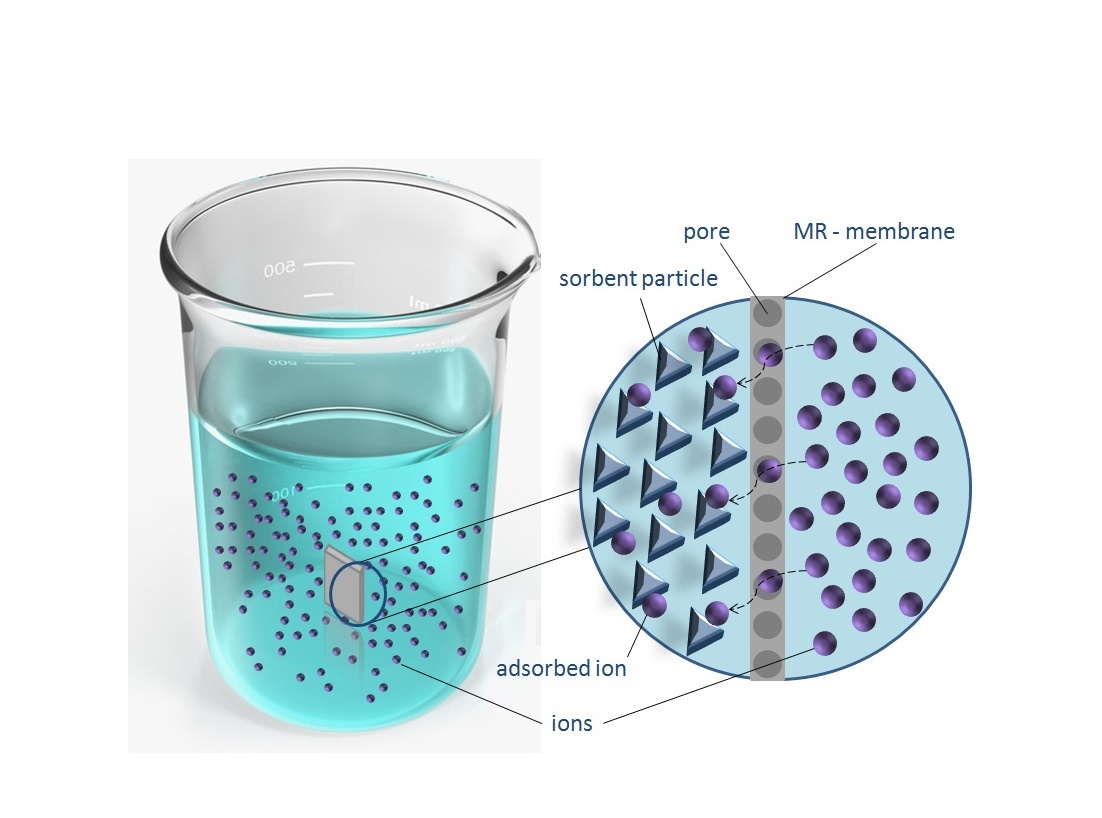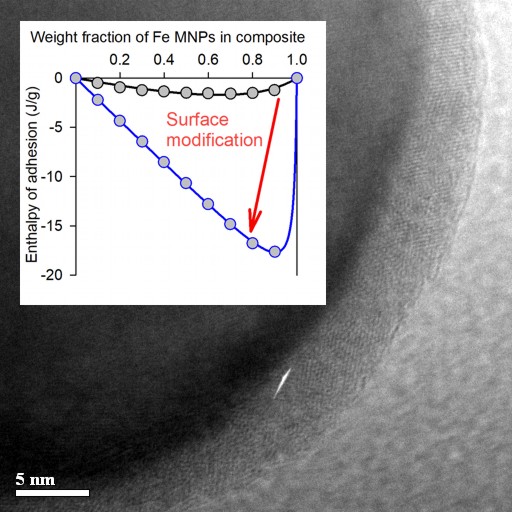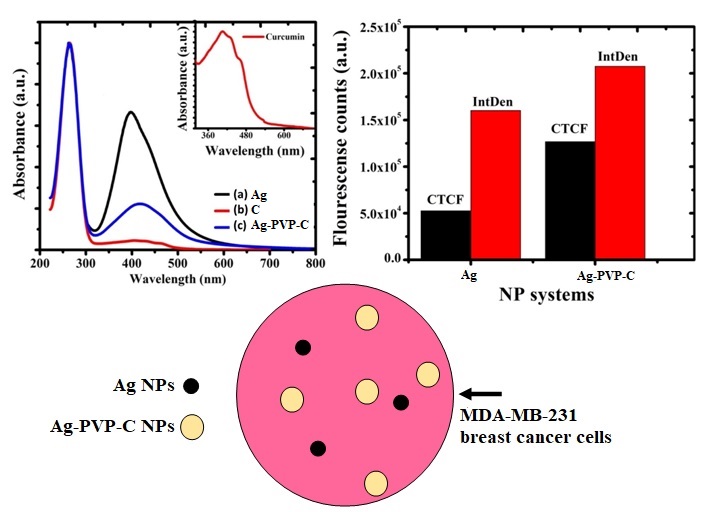MATHEMATICS
The concept of Sombor index SO(G) was recently introduced by Gutman in the chemical graph theory. It is a vertex-degree-based topological index and is denoted by SO(G). This paper introduces a new matrix for a graph G, called the Sombor matrix, and defines a new variant of graph energy called Sombor energy ES(G) of a graph G. The striking feature of this new matrix is that it is related to well-known degree-based topological indices called forgotten indices. When ES(G) values of some molecules containing hetero atoms are correlated with their total πelectron energy, we got a good correlation with the correlation coefficient r = 0.976. Further, we found some bounds and characterizations on the largest eigenvalue of S(G) and Sombor energy of graphs.
In this paper, we prove the unique solvability of an analogue problem Darboux for a loaded integro-differential equation with Caputo operator by method of integral equations. The problem is equivalently reduced to a system of integral equations, which is unconditionally and uniquely solvable.
Asymptotics of resonances for the Dirac operator with different potentials on edges of a quantum graph with the Kirchhoff coupling conditions at vertices is studied. The results are obtained for a quantum graph that consists of a compact interior and a finite number of exterior edges of infinite length connected to the interior.
PHYSICS
In this paper, we investigate the interaction of ultrashort pulses with anisotropic optical media with carbon nanotubes in the presence of a magnetic field. Based on Maxwell’s equations, taking into account the second polarization of the light wave, an effective equation for the vector potential of the electromagnetic field is obtained. The dependence of the pulse shape on the magnetic field is revealed, and the Fourier spectra of the pulse are analyzed.
We demonstrated a Q-switched thulium-doped fiber laser (TDFL) based on Mxene Ti3C2Tx saturable absorber (SA) as Q-switcher. Ti3C2Tx was obtained using selective etching and embedded into polyvinyl alcohol (PVA) film. As the film was added into a TDFL cavity, a stable Q-switched pulse train operating at 1996 nm was produced within a single mode 1552 nm pump power range from 161.8 to 237.1 mW. When the pump power was varied within this range, the repetition rate increased from 19.6 to 33.3 kHz while the pulse width decreases from 6.71 to 3.55 µs. To the best of our knowledge, this is the first report of a Ti3C2Tx SA for passively generating Q-switched pulses in the 2 µm wavelength region.
Quantum Dot Cellular Automata is an emerging technology in the field of nanotechnology and has the potential to replace the existing CMOS technology. CMOS technology has its limitations in terms of high leakage current. However, QCA technology has higher speed of operation and very low power consumption. In this paper, designs for 2-4 and 3-8 decoder circuits have been made using a novel inverter circuit design which helps in decreasing the energy dissipation of the circuits. Finally, the proposed designs are compared to previously made designs. All the circuits in this paper have been simulated using QCA Designer software.
In this work, gold and silver nanoparticles are separately dispersed in n-hexyloxy-cyanobiphenyl (6O.CB) liquid crystal in the ratio 1:100. The optical textures of pure and nano-dispersed compounds are recorded by using polarizing optical microscope. Differential scanning calorimeter (DSC) is used to compute enthalpy and transition temperature values. Due to the dispersion of nanoparticles, the clearing temperature of the compounds are slightly reduced but there is no significant change in the nematic phase exhibited by pure 6O.CB. Further characterization is done by various spectroscopic techniques like scanning electron microscopy (SEM) and X-ray diffraction (XRD). The optical textures have been analyzed using MATLAB software for the evaluation of display parameters viz., Luminance, Luminance coefficient, Luminance uniformity and Contrast ratio.
A pair of coupled quantum waveguides with a common semitransparent wall is considered. The wall has a finite number of small windows. We consider resonance states localized near each window. The presence of several windows forces one to describe their common influence differently from that of the single-window case. Using the “matching of asymptotic expansions” method, we derive formulas for resonances and resonance states.
CHEMISTRY AND MATERIALS SCIENCE
In this work, a number of ZrO2 · nH2O and ZrO2 samples were synthesized by direct precipitation and hydrolysis with different duration (36 and 61 h) followed by neutralization and thermal treatment. The prepared samples were analyzed using DT-TGA, PXRD, N2 physisorption and LD methods. The dependence of the size of crystallites and secondary particles, phase composition, texture, and particle morphology on the amount of zirconium hydrolyzed to form m-ZrO2 is shown. The possibility of regulating the phase composition of ZrO2 has been established while maintaining the specific surface area (110 – 120 m2/g), as well as creating a hierarchical system of micro-mesopores. The mechanism of the ZrO2 · nH2O formation during hydrolysis and precipitation is considered. The size of the critical nucleus is estimated (1.5 – 2 nm).
Spinel ferrite (MFe2O4) nanoparticles were successfully synthesized by the coprecipitation method. X-ray diffraction technique was employed for structural analysis. Single-phase cubic spinel structure with an average crystallite size ranging from 5 – 20 nm was obtained for the prepared ferrites. The Fourier transform infrared spectra exhibits an absorption band at 550 cm−1, which is attributed to metal-oxygen bond vibrations at tetrahedral sites. The thermogravimetric analysis revealed the instability of MnFe2O4 and Fe3O4 above 500 ◦C whereas CoFe2O4 is found to be the most stable ferrite. The hysteresis parameters demonstrate the superparamagnetic nature of the prepared nanoparticles with low coercivity except for CoFe2O4. The direct optical band gap energy derived from UV-visible spectra is calculated to be 2.82, 2.83, 2.81, and 2.44 eV for M=Co, Zn, Fe, and Mn respectively. The magnetic and optical properties show a strong dependence on cation site occupancy.
Cobalt ferrite nanoparticles were synthesized both in hydro and in solvothermal conditions from Co and Fe salts of different chemical nature (nitrates and chlorides) taken in a 1:2 cation ratio. Varying the chemical prehistory, synthesis temperature, isothermal holding time, and the reaction medium composition made it possible to obtain a set of CoxFe3−xO4 nanoparticles of different average diameters and isomorphic substitution degree x. The resulting nanoparticles’ elemental composition, crystal structure, sizes, and magnetic properties were determined using EDX analysis, X-ray diffraction, transmission electron microscopy, and SQUID magnetometry. The temperature dependences of the coercivity, remanent magnetization, squareness on both the average diameter and the stoichiometry of nanoparticles are considered. CoxFe3−xO4 nanocrystals ranged from 11 to 29 nm were single magnetic domains and showed ferrimagnetic behavior at room temperature. The hardest magnetic nanoparticles with maximum squareness values in the high-temperature region were formed with x = 0.79 using solvothermal treatment of cobalt and iron nitrates at 250 ◦C, 7 MPa for 10 hours.
Single-phase BaF2:Ce solid solutions containing 30 – 40 mol. % cerium with the simultaneous entry of potassium into the crystal lattice in an amount of 0.7 – 0.8 mol. % were prepared by coprecipitation from aqueous nitrate solutions with potassium fluoride as the fluoridating agent. The cerium X-ray luminescence intensity increases in response to increasing cerium concentration contrary to the concentration quenching effect.
We present the results of investigation of Cs(I) ion mass-transfer from outer solution into the inner part of membrane mini-reactor (MR), which is a centimeter-sized hermetically sealed pocket made of polyethylene terephthalate track membrane and filled with Prussian Blue (PB) colloidal solution. The mean size of colloidal particles was 74 ± 20 nm (98.4%) and ξ-potential was −(33 ± 6) mV. The pore diameter of the track membrane in the experiments varied from 50 to 50000 nm. It was found that the construction and properties of PB filled MR allow one to realize an extremely high distribution coefficient of (1.50±0.05)·106 ml/g with respect to Cs(I), which is characteristic of colloid-sized PB. Adsorption is a diffusion-controlled process localized in the pores of TM, which can be fulfilled in solution without agitation.
Zero-valent metallic iron nanoparticles (NPs) with modified surface were embedded in poly(isoprene) (PI) and the enthalpy of interfacial adhesion in resulted ferroelastomers was evaluated. Iron NPs were synthesized by the method of electrical explosion of wire (EEW) in inert gas. Modification of their surface was performed by the in situ liquid treatment of the active condensed NPs in the EEW installation. The enthalpy of mixing of poly(isoprene) with Fe NPs was determined using thermochemical cycle based on the isothermal calorimetry measurement of the enthalpy of dissolution of PI/Fe composites in chloroform at 25◦C. Using these values the enthalpy of adhesion of PI to the surface of modified Fe NPs was evaluated using Langmuir-type isotherm. It was shown that the enthalpy of adhesion strongly depends on the properties of the surface of Fe NPs and its modification. It was the lowest in the case of oxidized Fe NPs and the highest for Fe NPs which surface was modified by pre-deposited polymeric shells.
We report here the production of curcumin conjugated polyvinylpyrrolidone (PVP)-capped Ag nanoparticles for potential biological applications.
Evidence for the efficient conjugation of hydrophobic curcumin to the synthesized nanoparticles (NPs) is expected from UV-Vis, zeta potential and Fourier transform infrared (FT-IR) analysis. Curcumin conjugated to PVP-capped Ag NPs is observed to gain high water solubility and bioavailability in a biological environment without diminishing its therapeutic properties. The presence of the main therapeutic group, the diarylheptanoid chromophore of curcumin, indicates the existence of its medicinal behavior in the curcumin-Ag NPs complex. Moreover, the fluorescence efficiency of PVP capped Ag NPs in the breast cancer cellular medium have been found to be significantly enhanced (by factor of ∼2.37) with curcumin conjugation. The production of bioavailable curcumin provides an opportunity to expand the clinical repertoire of this efficacious agent without hampering the environment and human health.
ISSN 2305-7971 (Online)



